Editorial: How to cut US drug prices without hurting innovation
Published in Op Eds
The price of Wegovy, Novo Nordisk’s blockbuster weight-loss drug, is $1,349 a month in the U.S.; in Germany, it’s $328. The U.S. price for Keytruda, a cancer treatment, is $191,000 a year; in Japan, it’s $44,000. The U.S. pays three times more for branded prescription drugs, on average, than other rich countries. It certainly looks as though Americans are getting a bad deal.
The White House wants to narrow this discrepancy. On Monday, health officials announced a plan that would more closely align U.S. prices with those abroad. It might be an idea worth trying — if executed properly.
Policymakers have spent decades trying to lower drug prices. Most have sought incremental reforms that fail to address the root of the problem: Thanks to an accident of history, most Americans get health insurance from their employers, not the government. As a result, the U.S. is the only developed nation that doesn’t negotiate drug prices directly. Worried that a large government buyer would suppress innovation, Congress banned Medicare from bargaining over drug prices in 2003.
To be clear, that concern was well-founded: High drug prices are one reason the U.S. has become a global leader in medical innovation. Some of the most important advancements in the field — from lifesaving cancer treatments to gene-editing therapies — originated in America, helped along by taxpayer-subsidized research.
Yet the lack of a single government buyer has created two main problems.
First, a web of middlemen has emerged to haggle on employers’ behalf. Their fees and opaque practices have been found to inflate drug prices. While most patients don’t pay the full sticker price, their steadily rising premiums reflect employers’ increasing costs. Second, negotiations between these middlemen and the industry have created multiple discount prices, which are guarded as confidential. (One investigation found that a common treatment for prostate cancer had 2,286 different prices, ranging from $60 to $7,645.) It shouldn’t be surprising that such distortions impede normal market dynamics.
In 2022, the Inflation Reduction Act allowed Medicare to bargain for a short list of high-expenditure drugs. The goal was to emulate other countries’ more aggressive approach to pricing. Yet results in its first year were muted by the law’s narrow scope and carve-outs for certain treatments. Strengthening and expanding these negotiations would deliver lower upfront prices — but also require more trade-offs, including reduced innovation.
How, then, to push prices lower without discouraging R&D investment?
The White House wants to use prices negotiated in other rich countries as a reference point. So-called most-favored-nation pricing would prevent the drug industry from charging the U.S. any more than the lowest of these prices. The potential benefits of MFN are twofold: Not only would it tend to lower U.S. prices, but it would also help shift the cost of innovation by raising prices in other nations, all while moving toward a single transparent number.
It’s worth exploring. Though MFN may upend the hard-won negotiations of other nations, one reason those governments can bargain so aggressively is because Americans ultimately are footing the bill for research. Even pharma executives have acknowledged that other countries need to pay more.
Of course, such a strategy could backfire. For particular drugs, prices might shift in unforeseen ways, and not necessarily to the U.S.’s advantage. Crucial details are also lacking. For example, health officials, according to an executive order, will impose MFN only if drug manufacturers fail to make “significant progress” toward such pricing voluntarily. It’s unclear how such metrics would be defined, or to which payers the MFN price would apply. Even so, MFN attempts to rectify an egregious imbalance that has benefited other nations at Americans’ expense. It’s possible some combination of approaches — for example, incorporating MFN into Medicare’s negotiations — will be the most realistic path forward.
For decades, Americans have been overpaying for prescriptions and subsidizing innovation for the rest of the world. The White House is rightly fixated on getting Americans a better deal. Bold ideas that address such disparities should be welcome.
____
The Editorial Board publishes the views of the editors across a range of national and global affairs.
©2025 Bloomberg L.P. Visit bloomberg.com/opinion. Distributed by Tribune Content Agency, LLC.
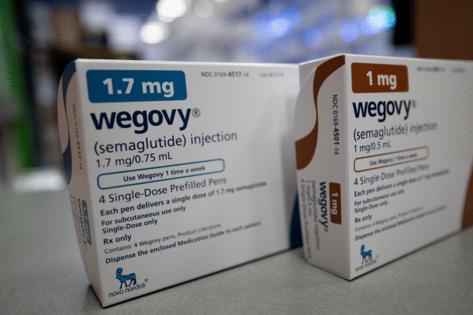


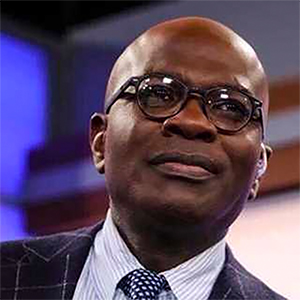























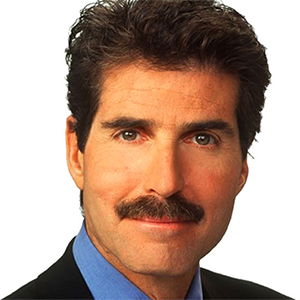





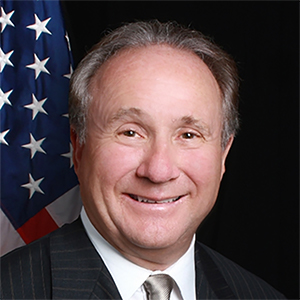



















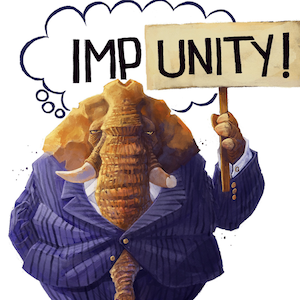


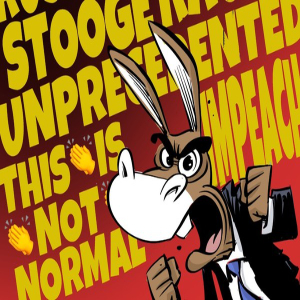


Comments